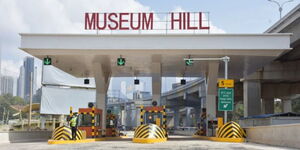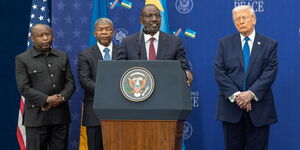How Motorists Can Register Second-Hand Vehicle on NTSA Portal
From time to time, motorists often find themselves purchasing second-hand vehicles as per their budget, choice and preferences.
Despite concerns about the quality and reliability of used cars, the robust market for spare parts and repair services helps to address and mitigate these issues, ensuring that second-hand vehicles remain a practical and popular choice for motorists.
Official data from the Kenya Ports Authority (KPA) reveals that a total of 62,495 vehicles were exported to Kenya in the 12 months leading to June 2023.
The majority of small businesses and households account for the biggest buyers of used cars, showing the viability of the market.
To register the vehicles, they will need to use the National Transport and Safety Authority (NTSA) self-service portal on the eCitizen platform.
This was in line with President William Ruto's clarion call for all government services to be integrated into a uniform platform for ease of accountability and transparency.
Kenyans.co.ke takes a step-by-step guide on how to register for Second-hand vehicles using the platform:
Log in using serviceportal.ntsa.go.ke
The link will take you to the eCitizen platform, where your ID number and password credentials are required.
A verification email is sent to either the email or phone contact you registered with as per the two-factor authentication process.
You are taken to the home page of the eCitizen account, which lists over 5,000 services from various Ministries, Counties, Departments and Agencies.
Scroll down to the NTSA platform (New).
After logging in, you will be directed to the dashboard which includes the services, application history, driving points and driving experience.
Click the 'services' tab, and choose Second Hand Vehicle Registration from the list of services.
You will be required to fill in four different sections; General Information, Owners, Collection and Attachments.
On the General Information, key in the expected location of the vehicle in terms of County and Sub County.
Fill in the vehicle details such as the condition of the vehicle, make of the vehicle, model, customs entry number, chassis number, body type, fuel type, and transmission type.
Other details to be filled in include driver side, rating (cc), tare weight, year of manufacture, number of axles, number plate, border point, customs office, trade movement, customs value and vehicle use.
After filling in the tab, you will be directed to attach documents indicating ownership of the vehicle. Click submit.












